Other than educating students and directing the excavation, I had one main job: bring ground coffee and filters. I botched it. I won't fail again. I promise.
We started the day going over the basic components of our record-keeping system: the Field Specimen (FS) log, the unit/level forms, bag labels, and individual notebooks. I explained to the students how all of these things work together to match the materials we collect to the contexts from which we have removed those materials. The FS system I use is a kind of single context recording system that assigns unique numbers to unique proveniences of artifacts and samples. Redundancies built into the information that goes in the FS log, on the forms, and on the bags provide a way to catch and fix errors.
There was a little bit of water in the block that we bailed while removing the plastic. The main activities for the day were resuming excavation in Unit 5 and getting started on a unit extending the block to the north (Unit 12).
At the end of last year's excavation, the floor of Unit 5 was 20 cm higher than the floor of Units 4 and 6. Unit 5 was the only unit in the block where we maintained a consistent piece-plot strategy all the way down after the first plowzone. That, along with a large number of roots, slowed things down. My plan is to maintain the piece-plot methodology in Unit 5 in perpetuity, as it will provide us with a consistent column of high resolution data down through the deposits.
Removing the landscape fabric from the floor of Unit 5 revealed some minor damage from ant tunnels. Sam and a crew of two students got to work cleaning the surface with trowels and beginning excavation of level 7.
The floor and walls of Units 4 and 6 remain covered by backfill for now. While having that dirt in there makes for some ugly pictures, its presence protects the unexcavated deposits from our feet and from the water that will get in the block (and the bailing to remove the water). It also provides support to the fragile cut wall between Unit 5 and Unit 6, and allows us to have a ramp to get in and out of the block. It's better to have some ugly photos than to lose the archaeology through weeks of trampling.
As promised, I made a video of our activities in Week 2. Enjoy!
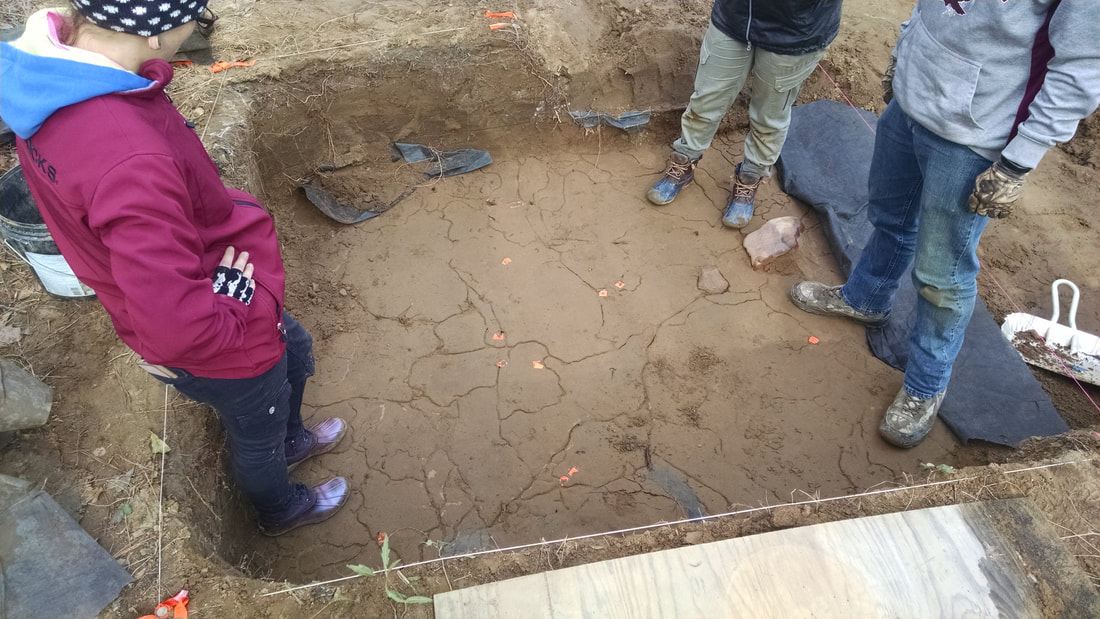
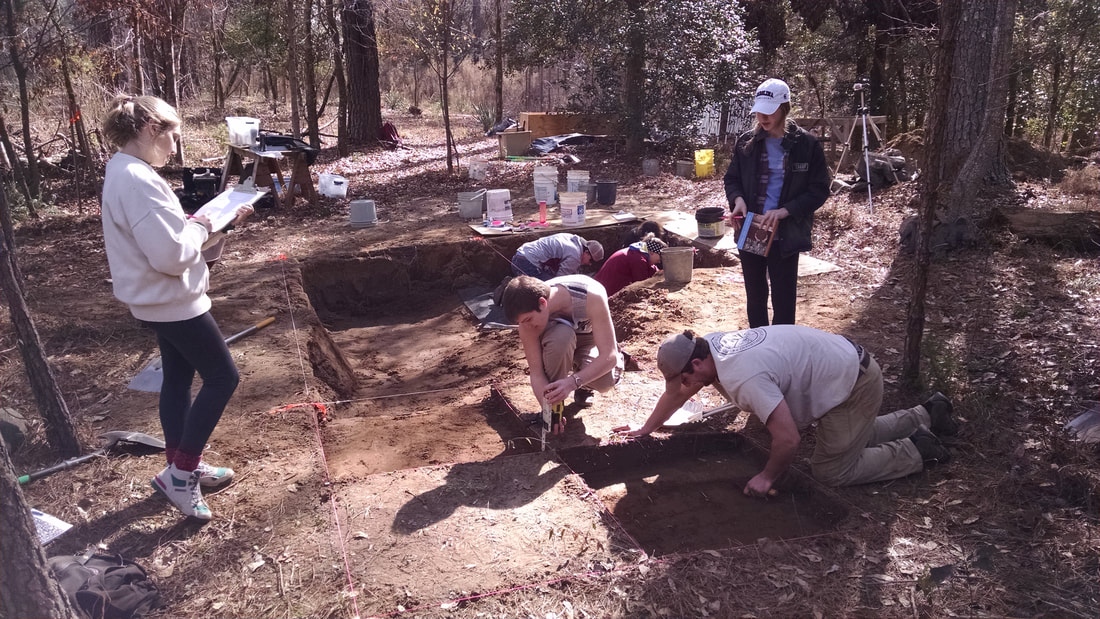
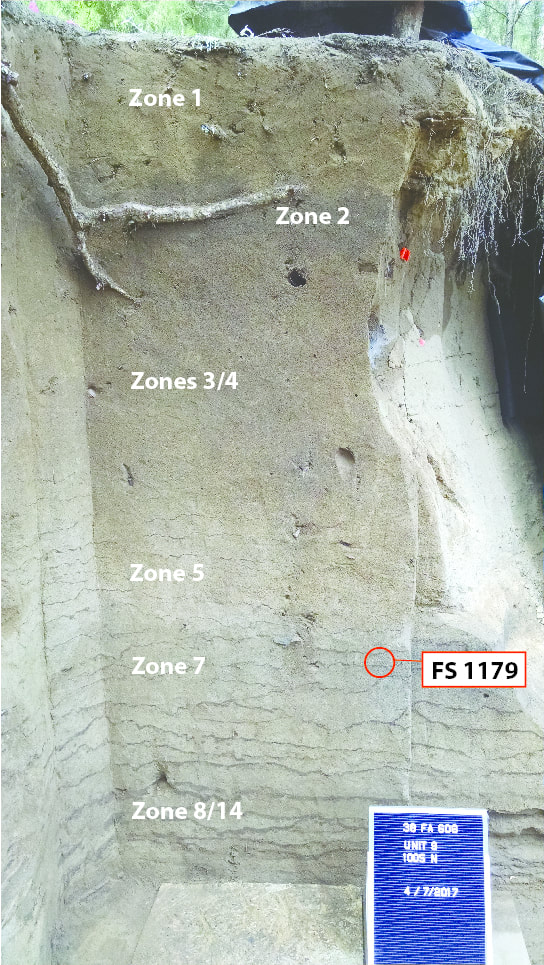
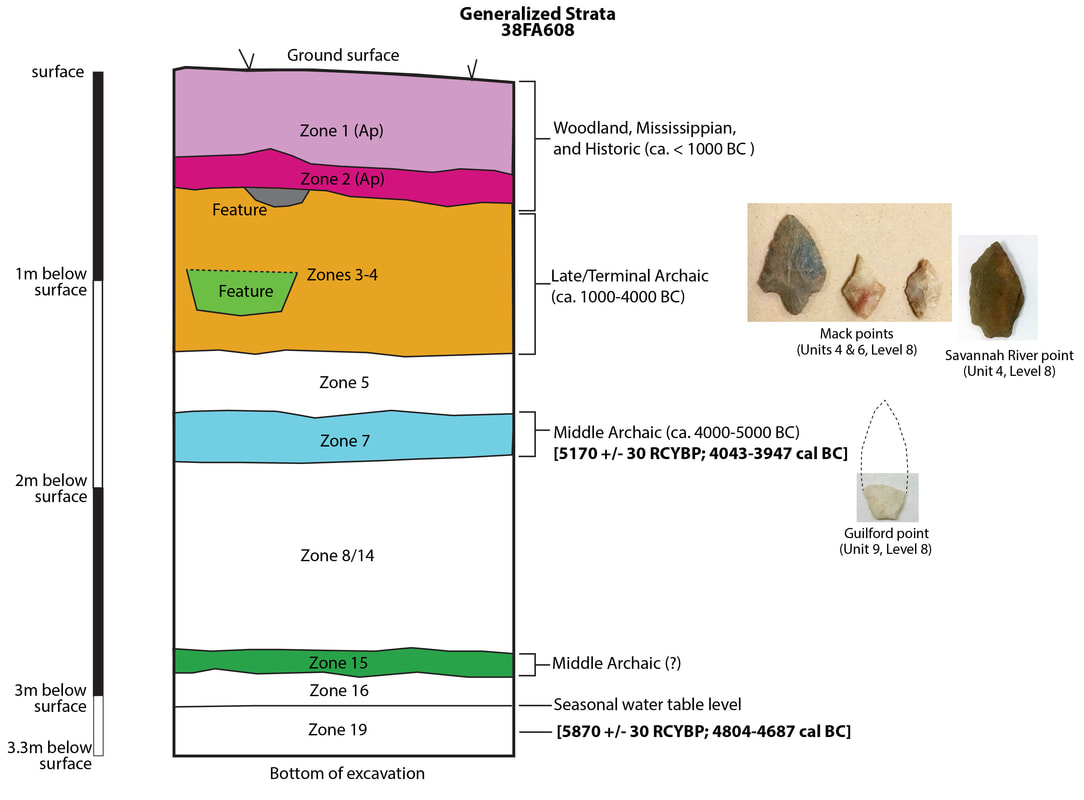
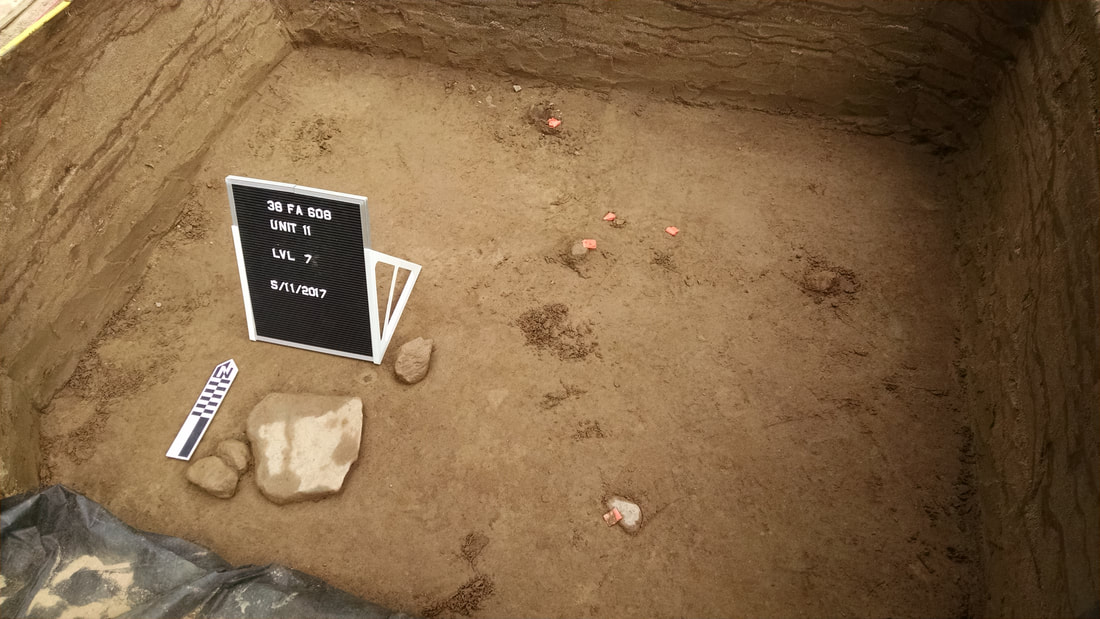
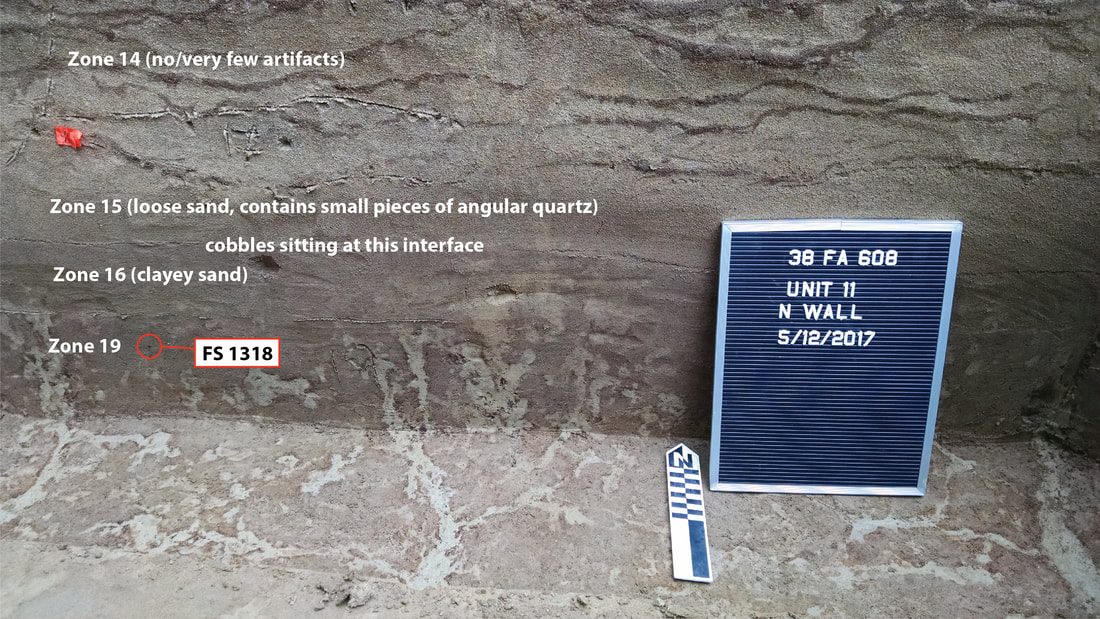
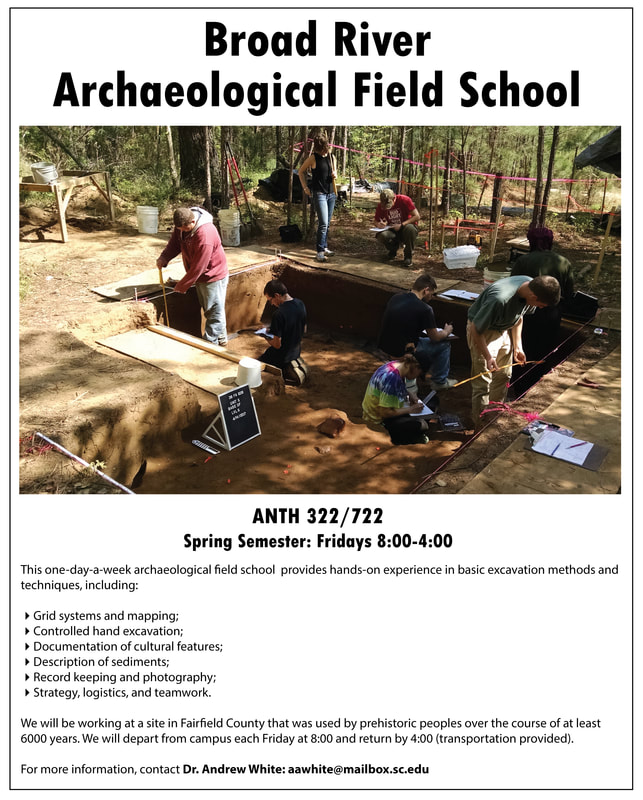
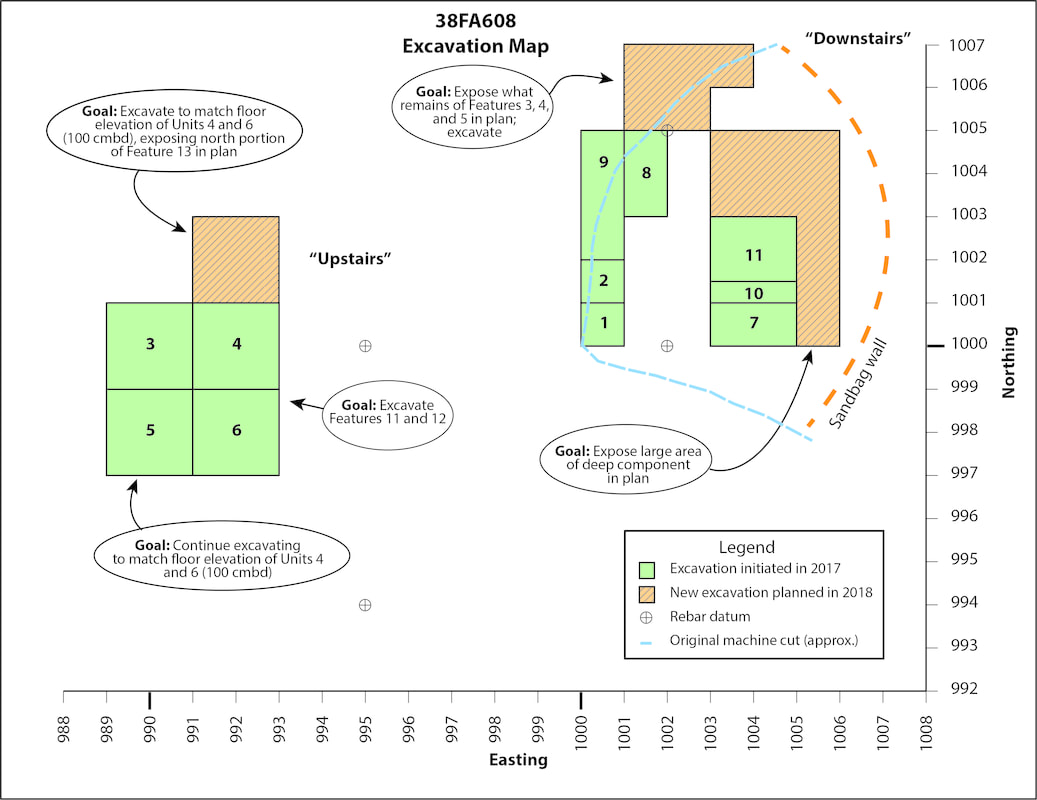
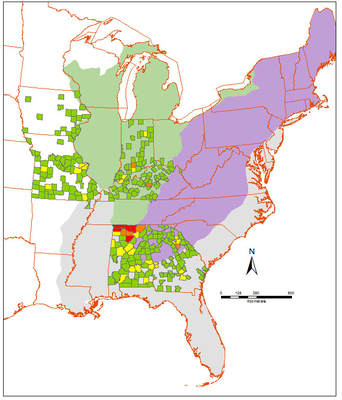
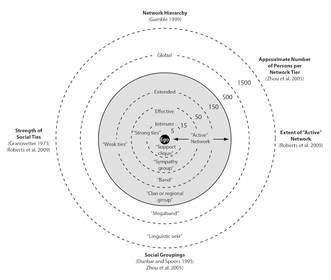
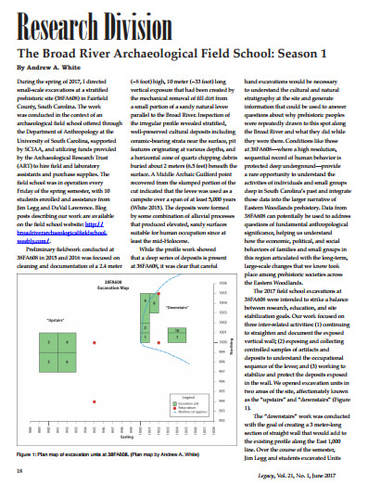
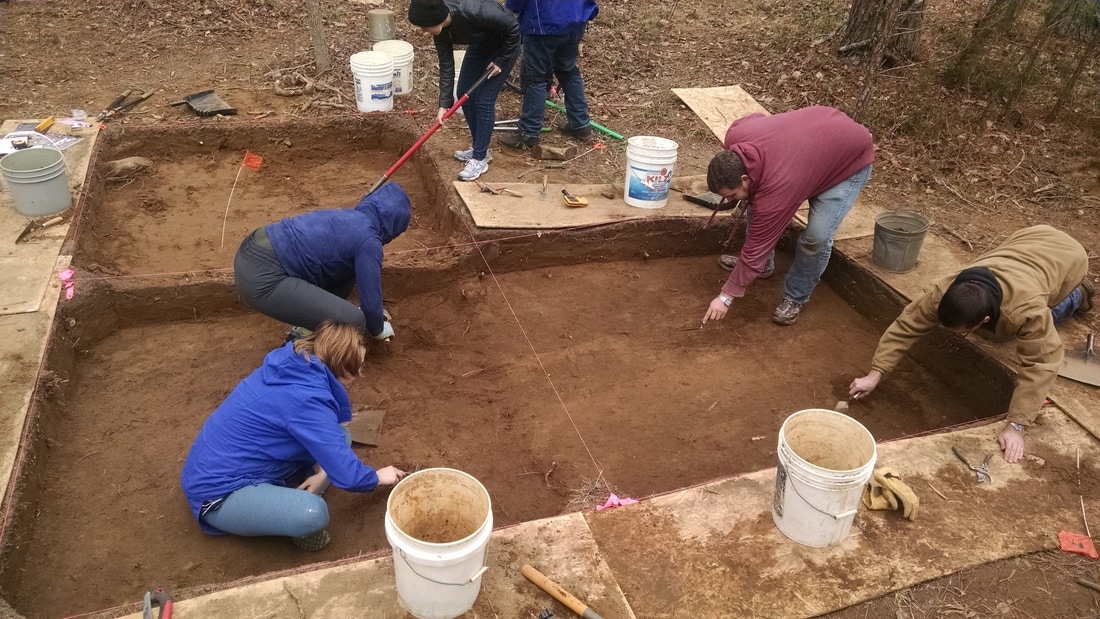
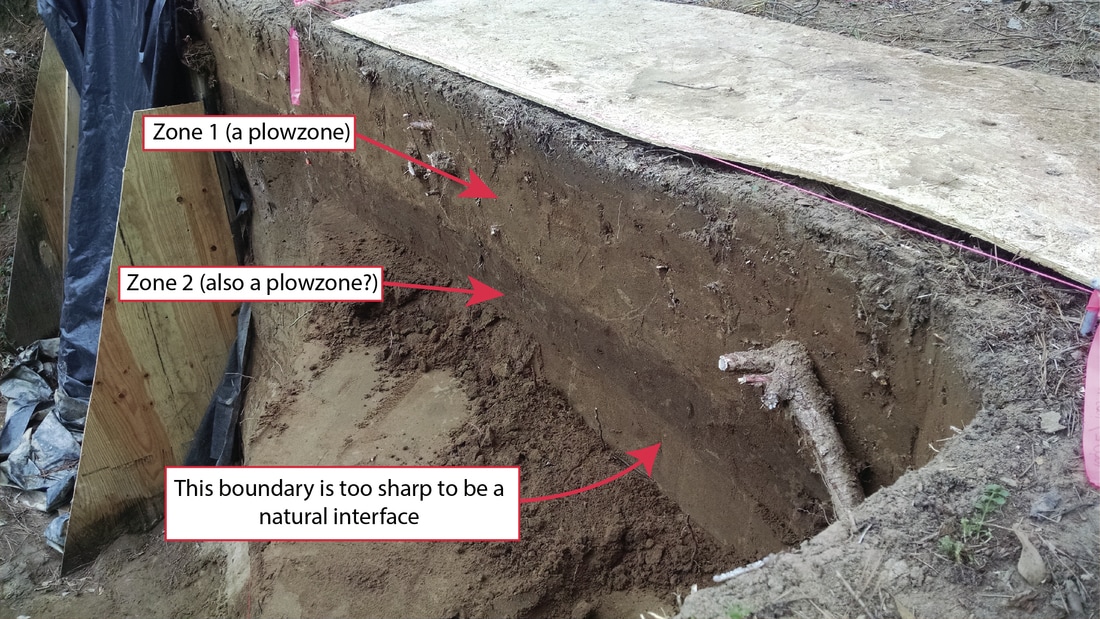
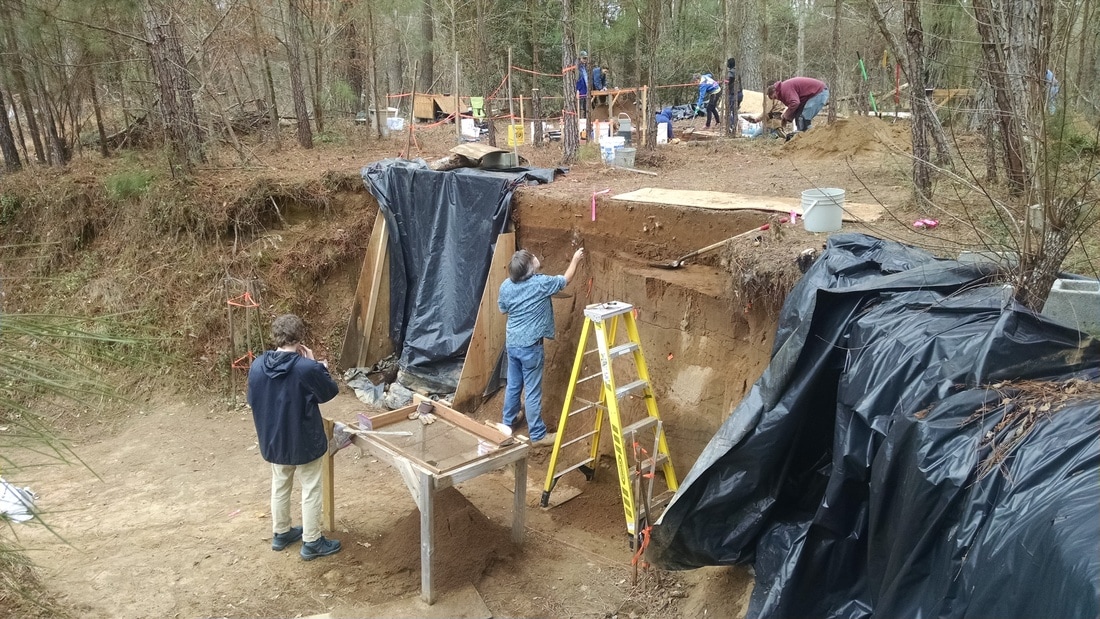
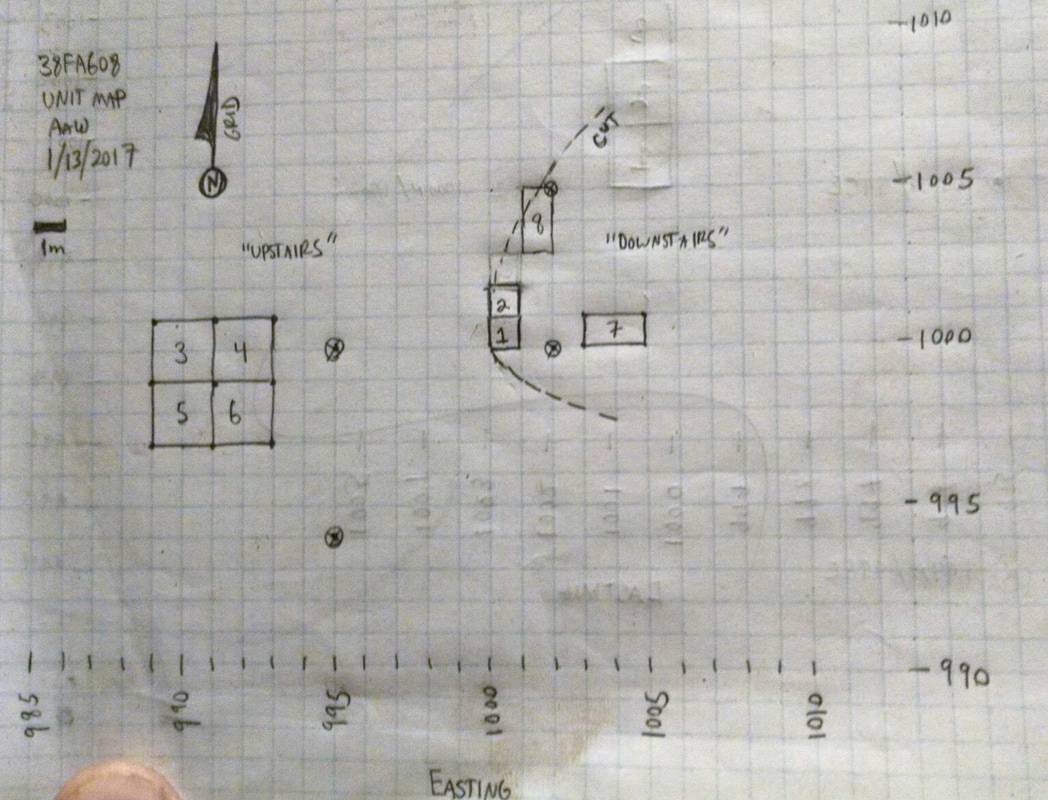
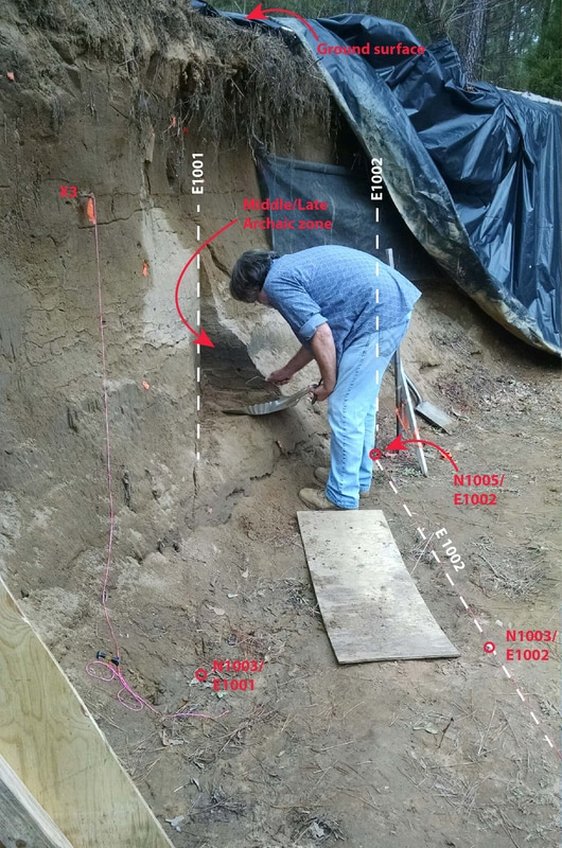
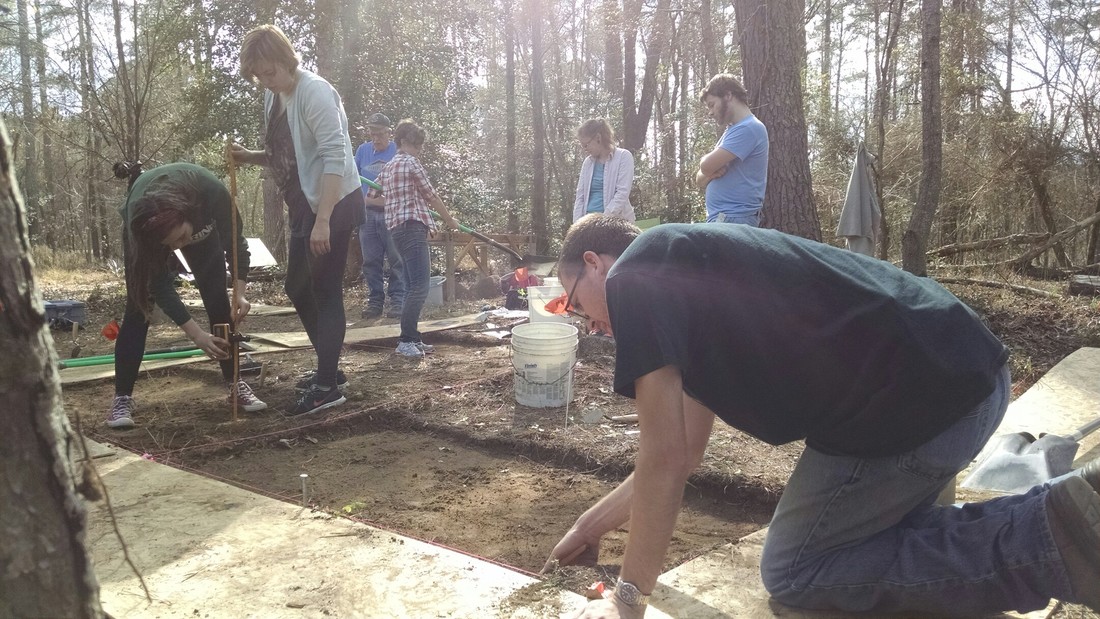
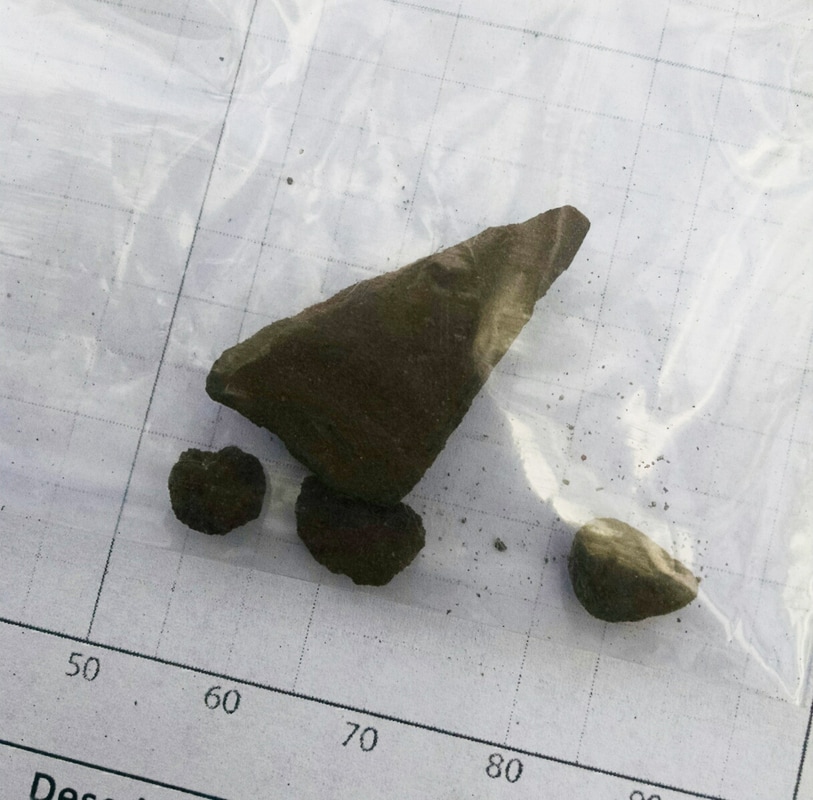

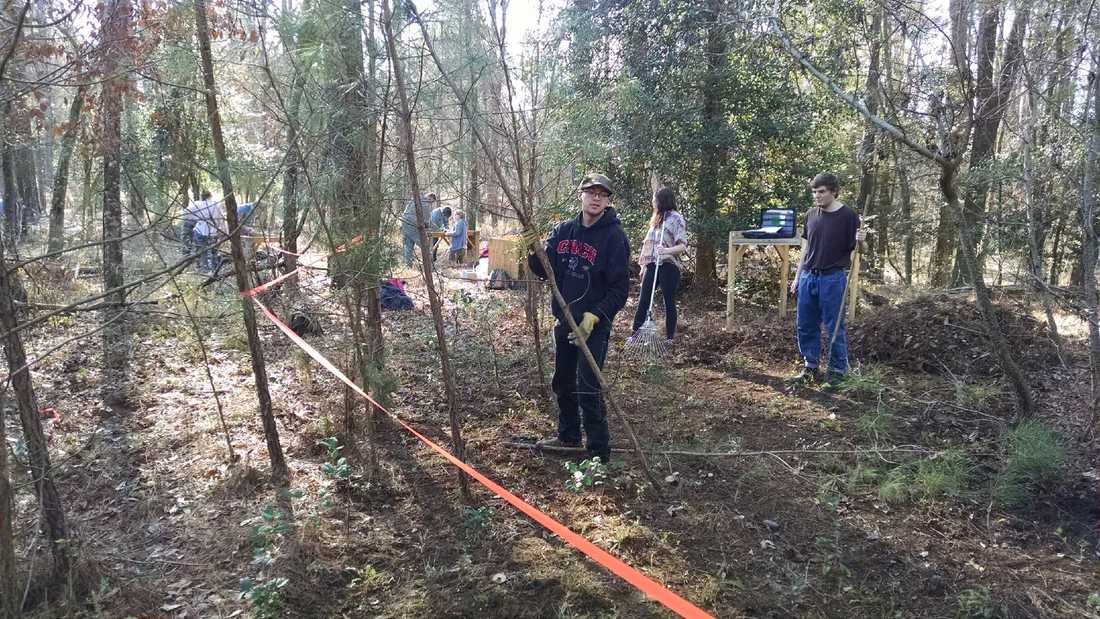
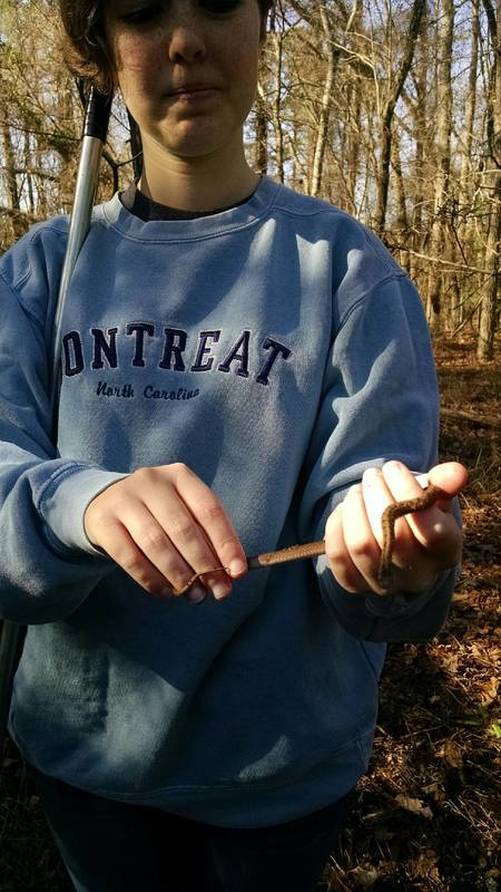
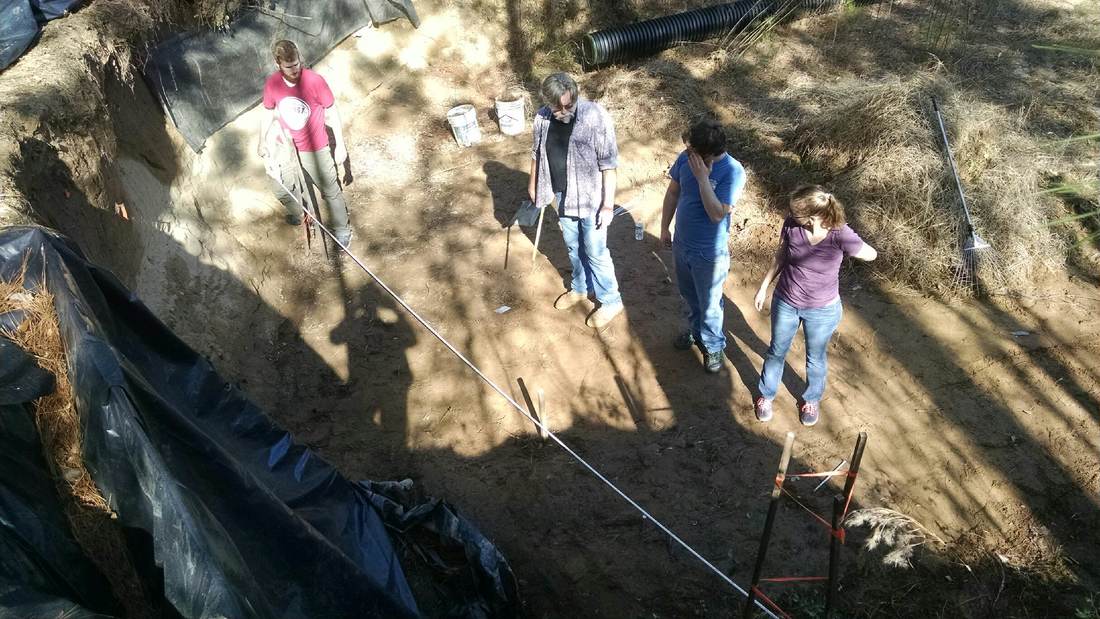
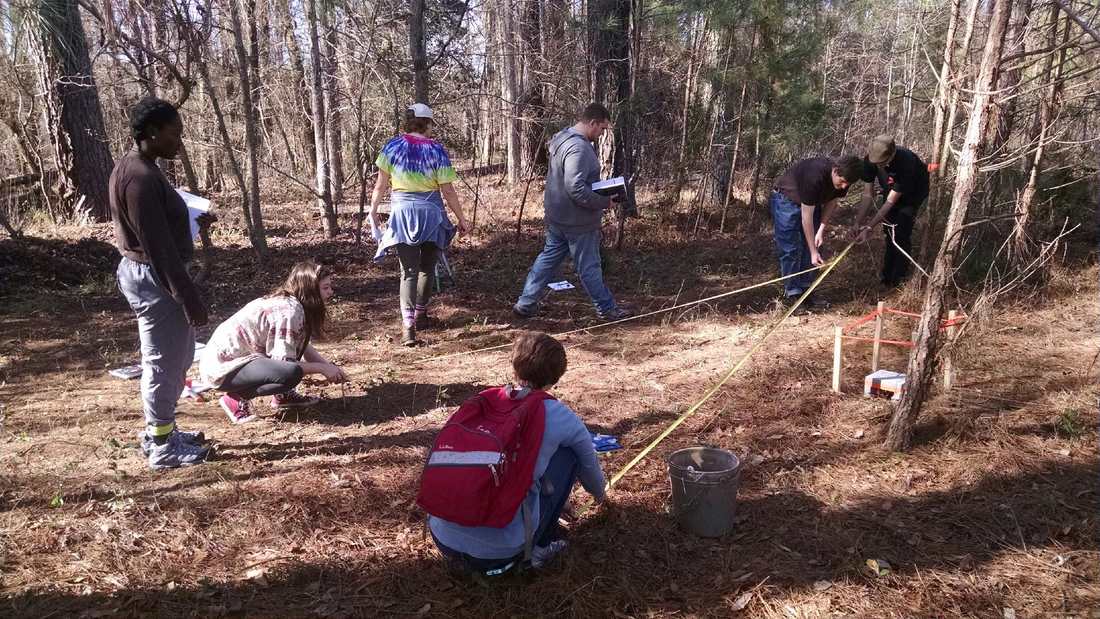
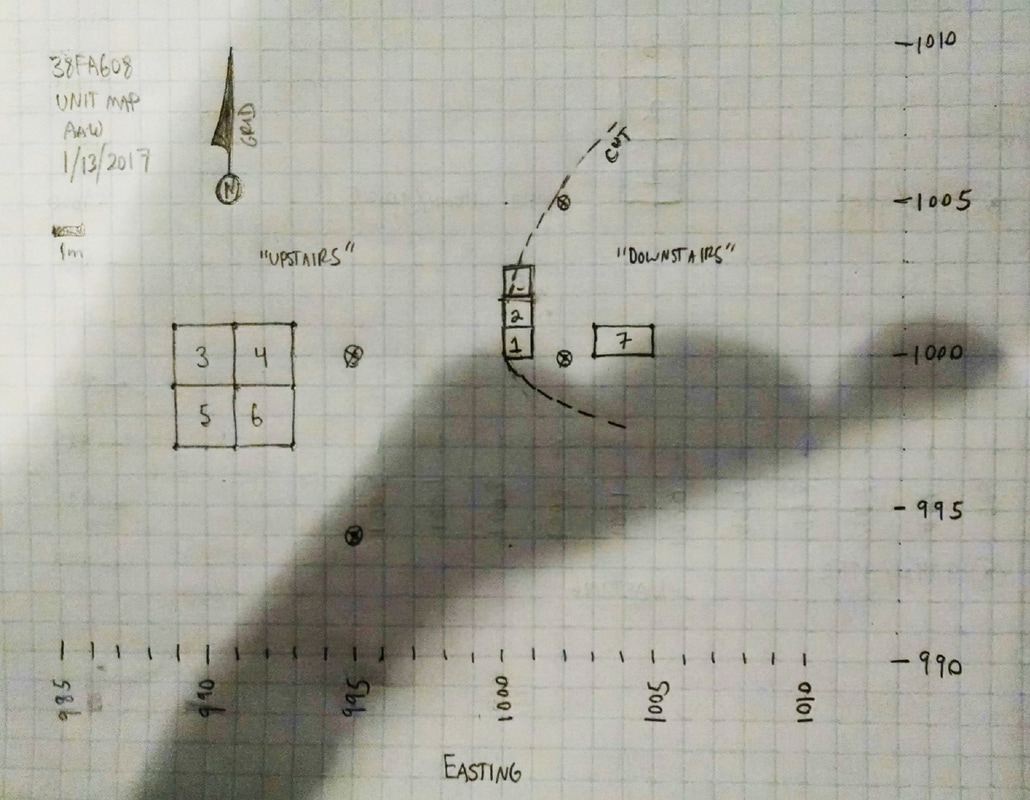


 RSS Feed
RSS Feed
